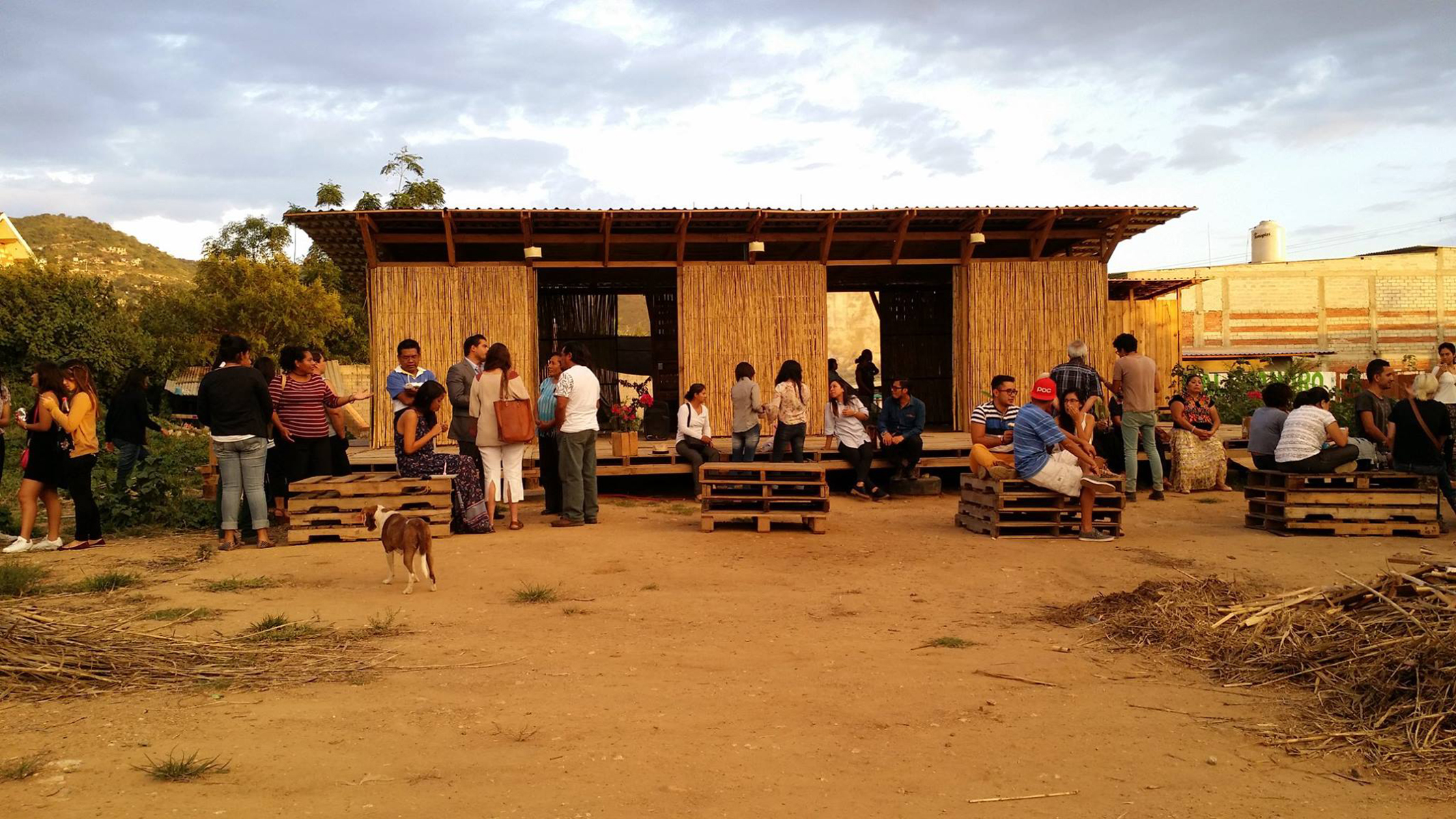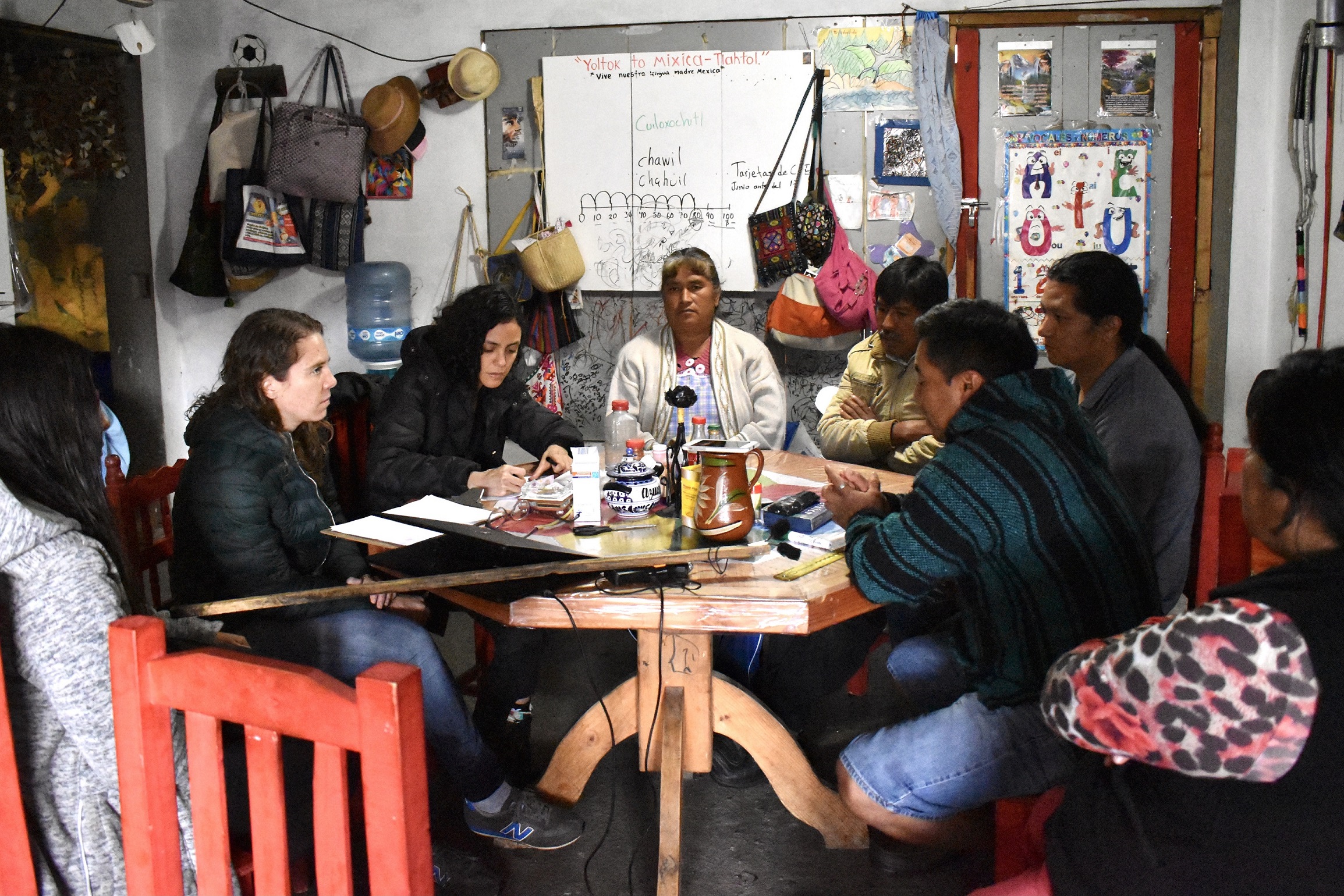Community Education: Toward a Communal Epistemology
10/03/2023
Since the so-called 'indigenous awakening,' the people of the communities have established new routes of defense, production, and reproduction of communal community life. This has given rise to attempts to make new scientific paths and generate what could be called a communal epistemology.
Education in the state of Oaxaca has always been an issue that has given rise to profound discussions and mobilizations. Its content is complex to address due to the layers that structure and define it, such as the cultural, social, political and spiritual diversity of the fifteen native cultures that have inhabited the state since before the establishment of the nation-state. A structural component that can contain this complexity is the organization of the territory through the communal. When we refer to this form of social organization, we account for a rationality different from the liberal logic of the nation-state.
In this sense, the struggle of the native communities has been focused on subverting the established order to develop and promote their own ways of producing and reproducing life. In the field of education, this issue has had important milestones. In 1995, the State Law of Education1 of Oaxaca, in its article number 6, referring to the principles that would govern education in the entity, established that they would respect the elements that make up the communality.2 Although this change was not maintained in the following reforms, from higher education there have been projects that promote a communal community education.3
Community-based Community Education
The essential component of education is the transmission of knowledge from one generation to another. Durkheim4 teaches us that it is through education that different states are produced and reproduced, these can be physical, intellectual and moral. Through this process, society manages to ensure those elements it considers necessary for its self-constitution. As such, education has a double constitutive character: a positive one that entails the transmission of knowledge, the most beneficial for society, and a negative one, since in the same way, it can reproduce elements that are not the most suitable for the welfare of society. With the former, the transmission of knowledge can ensure and perfect practices that help to improve social living conditions. With the second, when this device is at the service of power groups, it does not seek benefits for society in general, but serves personal or corporate interests.
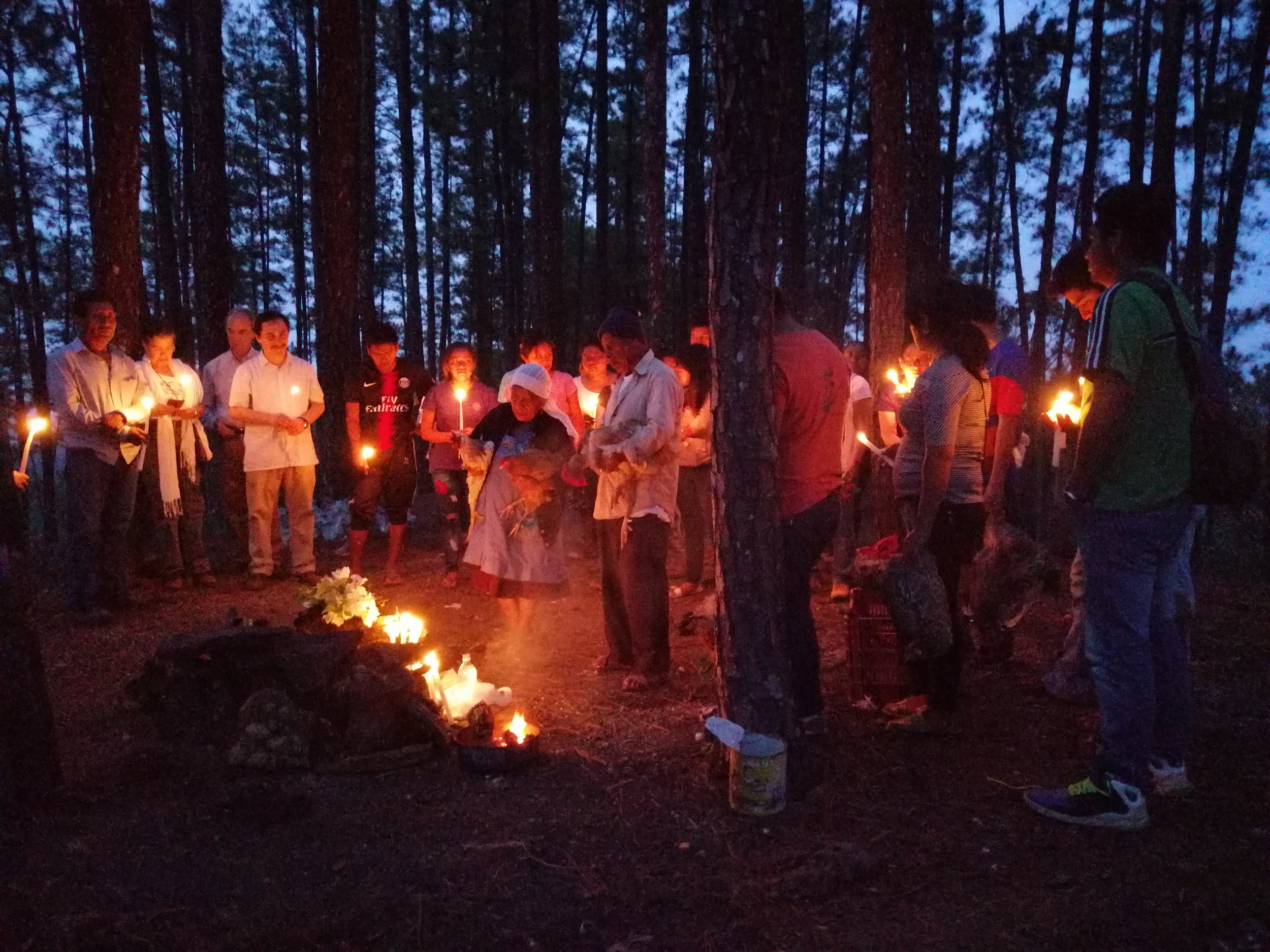
Thus, education is a field in dispute,5 a space where different interests and powers try to establish the normative parameters of the time in which they live. This does not mean that the only parameters of the most powerful are established, but rather that there is always a constant tension around those forms of social emancipation that are opening up, to put it another way, there is always a component of hope in the transmission of knowledge from one generation to the next. As Freire6 would say, education always carries a touch of hope for social renewal. In the case of the native communities, it is located in the struggle for the construction of a plural society, where there is the possibility of developing and promoting communal knowledge.
With the establishment of the Mexican nation-state, education was relegated to a pedagogy that attempted to homogenize society. This process caused the disappearance of many native languages, practices, and organizational structures. In this way, a process of appropriation and dispossession of the territory was generated, which led to racism and classism for the native communities, who were seen as worthless objects in the face of the imagined community7 of the Mexican nation-state. As if this were not enough, the homogenizing education provided by the State entered into a crisis that continues to this day. Classroom education moves away from the principle of generating critical thinking. What exists is a form of instrumental education symptomatic of the economic system in which we live. Knowledge is captured by economic logics and is valued on the basis of its capacity to produce more economic value.
But domination for the native communities was never total. Oral memory and education based on an assembly logic have been fundamental pillars to overcome and forge the domination of the State and capital. Through the metaphor of the communal spiral,8 it is possible to explain the permanence of community structures over time. To remain changing would be the philosophical-practical logic that they carried out to incorporate the new while maintaining the communal structures. A process of communalization of life that bore fruit when the new generations confronted domination. Since the so-called 'indigenous awakening,'9 the people of the communities have established new routes of defense, production, and reproduction of communal community life. This has given rise to attempts to make new scientific paths and generate what could be called a communal epistemology.
Instituto Superior Intercultural Ayuuk (ISIA)
ISIA [Ayuuk Intercultural Higher Institute] is a university located in Jaltepec de Candayoc, a community belonging to the Ayuuk Jaay culture. The project began in 2006 to establish a study center that could meet the needs of the communities in the region. The university's pedagogical approach is based on the principles of integrality, solidarity and communality to form the wejën kajen maa naax kajp (‘knowledge and learning for the community’). Thus they recover in their formative process a humanistic dimension of education.
On a day-to-day basis, the university establishes two practices that are part of community education: the tequio and the assembly. The first is a form of collective work that allows the intervention of collective spaces for their care, maintenance, production and transformation. Everyone works because everyone benefits, that is, there is a work ethic that provides autonomy and self-determination over the university space.
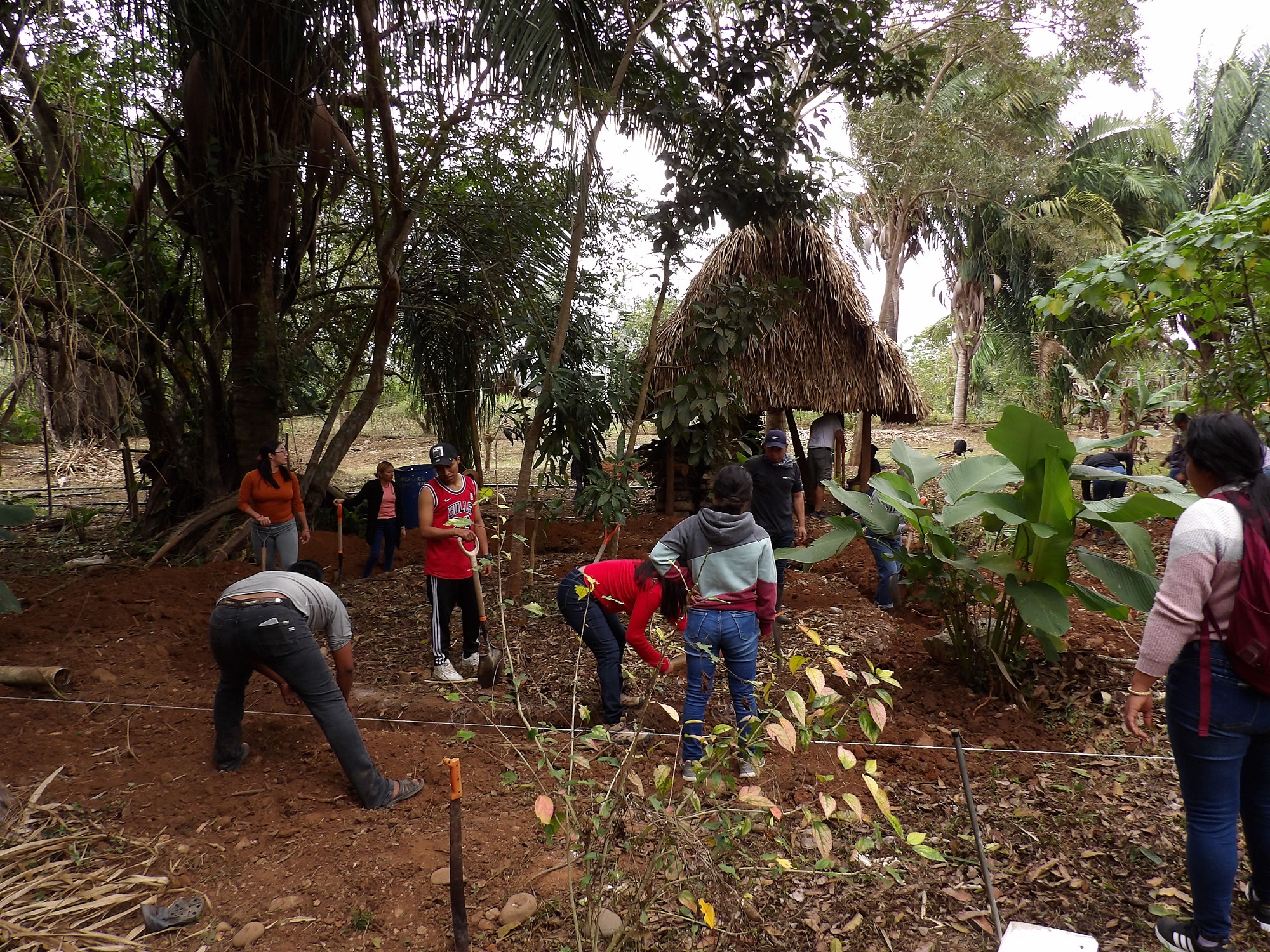

The second is part of a long political tradition in the communities, a communal politics that aims to organize the community and build collective power. This assembly component in the university allows for direct communication between students and delegated authorities to inform agreements, collect sentiments and thoughts, solve problems, and share the word.
This structure is part of the training base that allows the development of a link with the communities. Through training from three priority axes—intercultural education, sustainable development, and communication for social development—interdisciplinary projects are generated and priority is given to thinking about the problems of the communities in order to contribute to the path of understanding and imagining possible solutions. In this way, through students from native communities, we seek to enable communities to take charge of their own development, thereby strengthening their autonomy-building processes.
Universidad Autónoma Comunal de Oaxaca (UACO)
UACO [Autonomous Community University of Oaxaca] began operations in 2021. It consists of a decentralized network of 16 university centers and 18 learning units. This project is driven by the efforts of the communities that decide to establish it through an agreement with the state government. Despite the paradoxical nature of creating a community university in a neoliberal state context, the university maintains a critical stance in its relationship with the state. Thus, this relationship does not start from submission, but demands a negotiation.10 Each of these spaces enjoys total autonomy, but they operate under the same logic of knowledge construction, namely: communality. The educational needs that they attempt to cover contemplate the socio-territorial needs of each community or region in which they are housed. This ranges from linguistics to health. In the beginning, the educational approach was housed in the Universidad Autónoma Benito Juárez de Oaxaca (UABJO) and offered only a master's degree in communal education; today it offers different undergraduate, engineering, and postgraduate programs.
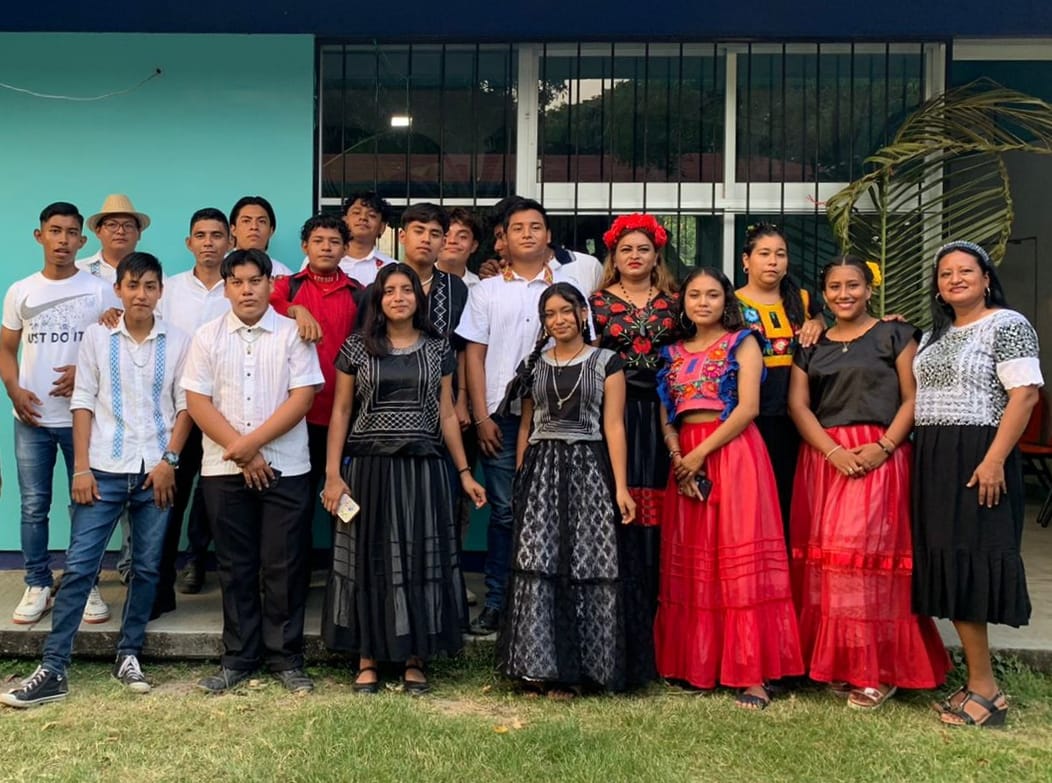

The communal education provided by UACO is based on action and the accumulated experience of such action.11 This type of education tries to replicate the organic communal way of building knowledge through communality. This concept brings together those pillars that are fundamental in communities to defend, produce and reproduce communal life. In the words of Jaime,12 they are the territory, the people who inhabit it, the work, and the fiesta [celebration]. Structuring these elements in a cyclical process of education, as it occurs in the communities, generates a communal epistemology. This is how each one of the learning centers and learning units promotes the development of their own knowledge. In this way, paraphrasing Jaime Luna, the education provided at UACO should be seen as a process in which communities will be able to take charge of their own conditions of existence in order to strengthen their autonomy.
Centro de Estudios Universitario Xhidza
CEU-XHIDZA [Xhidza University Study Center] is a university anchored in the Zapotec highlands that seeks to provide a regional education. Its formal appearance took place in 2018, provisionally in the community of Santa María Yaviche. The university seeks to generate knowledge from the positioning and systematization of community life. With this, they establish two fundamental approaches: the production of knowledge in Zapotec and the revitalization of the language through five axes: information and communication technologies, law and harmonization of law, agroecology, community health, and language.
In this way, a model of teaching is produced that takes as a principle the understanding of the community as an open space of relationships. Consequently, they have developed what they call a rhizomatic educational curriculum. In other words, it is an intercommunity, decentralized educational approach with a logic of reproducibility of the knowledge generated.


Education is understood as an open space, connected to the reality of the communities and linked to existing systems of thought. It generates a systematization of community experiences that become open-access theoretical knowledge. The design and creation of the CEU-XHIDZA is the result of the historical struggle of the Zapotec communities of the northern highlands of Oaxaca. It has been understood that an essential component of autonomy is community education.13
Conclusions
Communal community education in Oaxaca can be seen against the grain and dialectically. The communal structures that sustain the entity are located in more than 70 percent of the territory. This is a determining factor in designing and proposing a type of education that is pertinent to this communal dimension of existence. We are not only proposing a different and pertinent type of education for the communities. It is about overcoming the vision of knowledge as a commodity14 and of “banking education,”15 to take the experience of the struggle of the communities and imagine an emancipatory critical pedagogy. The same contemplates learning spaces where there is no omission of the outside, where the community becomes an educational space and the educational space becomes a community.
The path that community education is weaving gives way to a true communal epistemology, the creation of its own knowledge.
